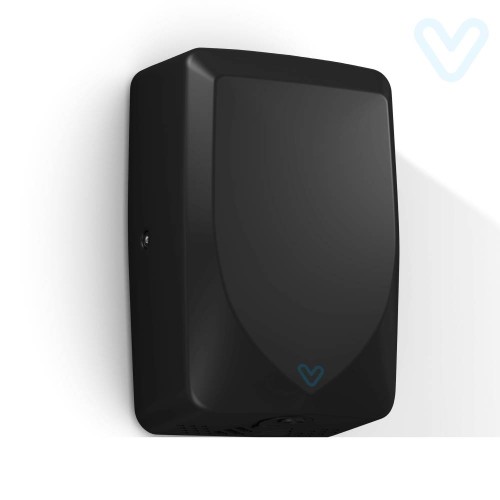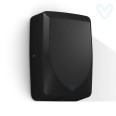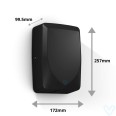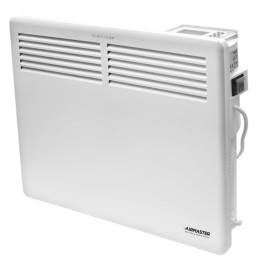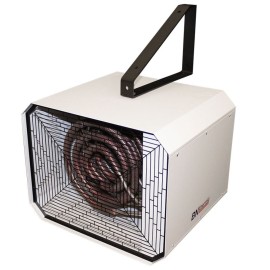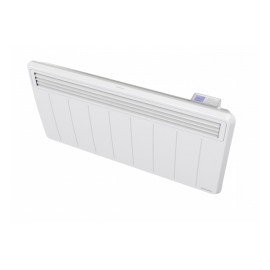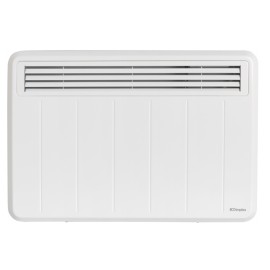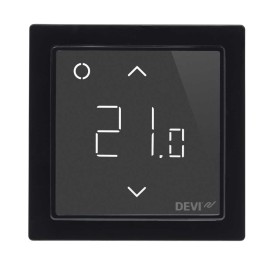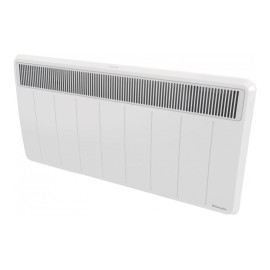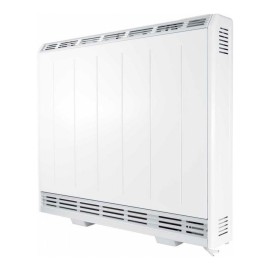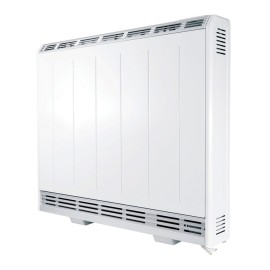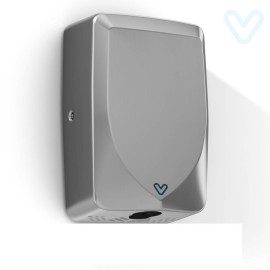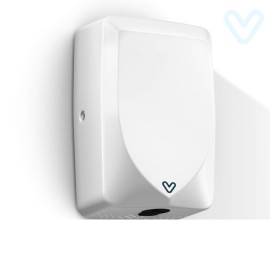
Sustainable Design in Eco-Friendly Hand Dryers: Important for Public Spaces
A couple of years ago, a study found that paper towels are the least green way to dry your hands. On top of that, they need to be constantly replaced and thrown away - in 2011 used paper towels accounted for a whopping 2% of total landfill contents in the US. We appreciate 2% doesn't sound like a "whopping" figure, but it represents about five million tons of discarded paper towels. A good energy-efficient hand dryer, on the other hand, keeps the cost of running a public space down.Note: the hand-dryer introduced in this article may not be available in our catalogue today, but here are the hand dryers available. But the initial expense is much higher than a pack of paper towels - what, exactly, are architects and designers paying for when they buy an eco-friendly hand dryer? Sustainable Design for an Everyday Appliance It's something we hardly ever think about - but we all need hand dryers, don't we? Without going into too much detail, we all wash our hands in the bathroom after we use it. And in a mid-sized to large public space, there are a lot of public bathrooms. Which means a lot of hand dryers. Which in turn means a great deal of carbon emissions, not to mention a great deal of cost. So how are manufacturers trying to reduce the impact of all that energy usage? The most obvious way to reduce energy demands is to design a product so it consumes energy over a shorter period of time - only when it's needed. That's the same thinking behind motion detectors and thermostats. So modern automatic hand dryers have convenient "no-touch" sensors that activate the heat and air when hands are placed near it - usually underneath the vent. This has the added benefit of protecting us from bacteria - there's no button to be pressed by a lot of people every day. A higher airflow also means that hands are dried faster, so that the sensor is active for less time. In terms of design, this can mean a smaller vent size that increases the speed of the air moving through it, or a higher Specific Fan Power (SFP) rating. And then when hands are taken away from the sensor, the heat element is isolated as soon as possible. A Low-Cost but Highly Energy-Efficient Hand Dryer The trouble is, high-end items like the Dyson Airblade and its many (many) copycats cost up to £1000, which can offset those savings significantly. Besides, they're incredibly noisy - and in, say, an office space, that can pose a real problem. The HD900W is a high-pressure hand dryer that implements some of the sustainable design principles outlined here. It promises to dry hands in 12-15 seconds, with a fan speed of 90 meters per second, and for half the wattage of equivalent hand dryers in the store. It incorporates an IR sensor with a cut-off switch at the 1-minute mark and deactivates within one second. But it doesn't come with the price tag usually associated with eco-conscious design! The initial investment won't make such a dent in the finances, and the lifetime running costs are significantly lower.For public spaces like museums and office buildings, the choice is more than clear.Note: this hand dryer is no longer available on our website; here is the latest offering from Sparks for hand dryers.




